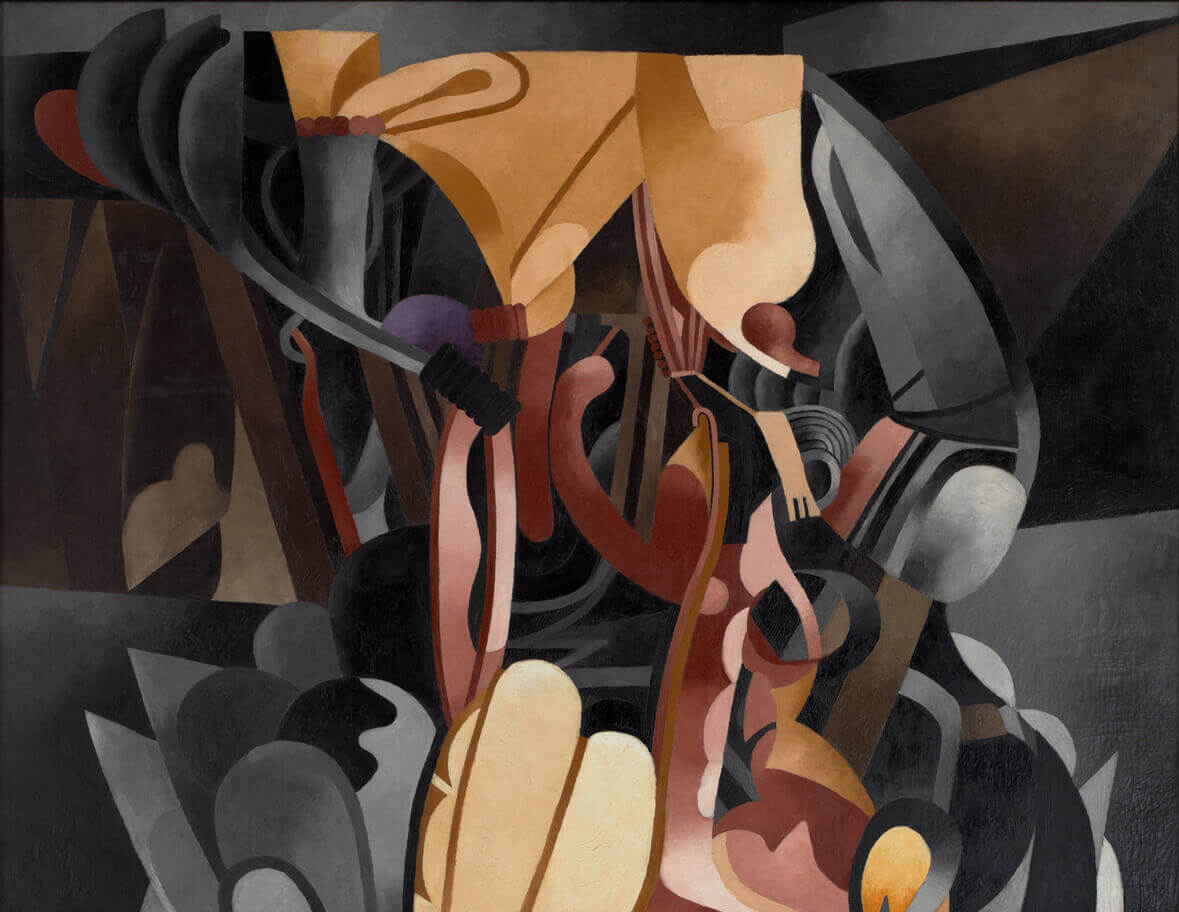Blog post revisiting Philip Pearlstein’s 1970 essay on Francis Picabia on the occasion of the exhibition Francis Picabia: Our Heads Are Round so Our Thoughts Can Change Direction at MoMA, New York, on view from November 21, 2016 – March 19, 2017.
Pearlstein writes: “The effort to try to understand the recent past was so great that at its conclusion I asked myself why need I, as a painter … feel bound to continue the traditions of ‘modern” art.’ I didn’t, and with that rejection I felt liberated. But had I been imprisoned before? Yes, and so had most of our art world. And one of our jailers was Francis Picabia. One of my early memories is of a 1930s movie in which some, like Adolphe Menjou, dressed in an artist’s smock and beret, in a room with elegantly gowned high-society people, sings a song explaining “modern art.” Appropriate paintings are around to illustrate his song-lecture. The line I remember best was something like ‘We don’t paint the whistle, but the….(sound of a whistle).’ The painting he points to is composed of spirals.The song made a number of similar comparisons. That was basic education for millions, and was supported by many more examples from those decades. How did such foreign ideas invade our pragmatic shores? Picabia helped bring them here at the time of the 1913 Armory show… He briefly was Mr. Modern Art, and his statements were crucial, I believe, to the evolution of esthetic opinion in this country.”
